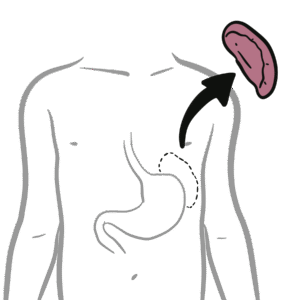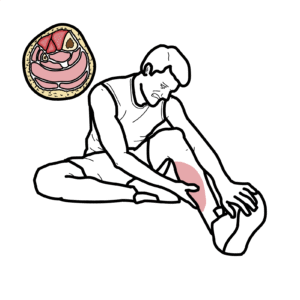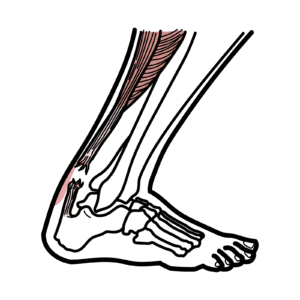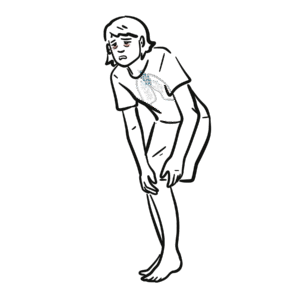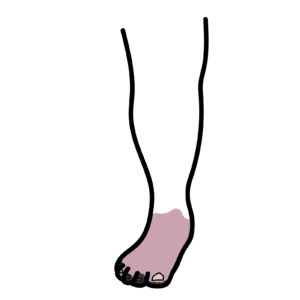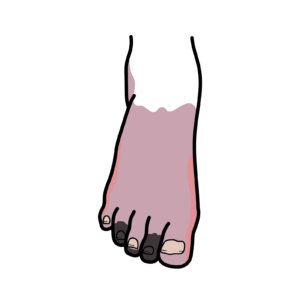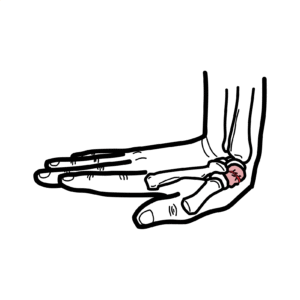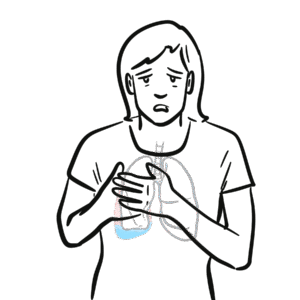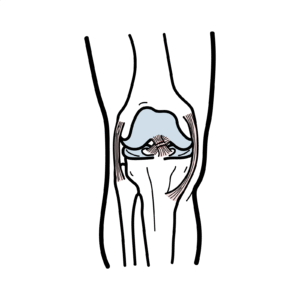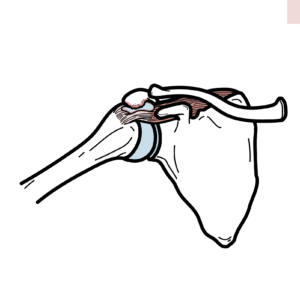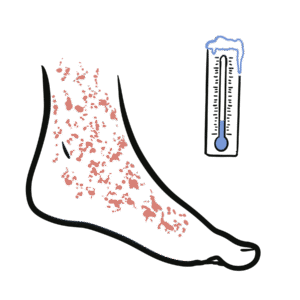Red blood cells and hemoglobin overview
Discover how red blood cells and hemoglobin carry life-sustaining oxygen throughout the body—how they’re made, structured, and what can go wrong. Red blood cells (erythrocytes) are produced by bone marrow through erythropoiesis and transport oxygen via hemoglobin, a protein made of four globin chains and four heme groups with central iron atoms that bind O2 to form oxyhemoglobin. This video explains circulation between heart and lungs, oxygen loading and unloading driven by partial pressure and 2,3-DPG, and how CO2 travels as carbonylhemoglobin. Learn the erythrocyte’s biconcave shape (≈7.5 μm diameter, 2.5 μm height), loss of nucleus at maturity, and why millions of hemoglobin molecules per cell maximize oxygen capacity. Understand key clinical implications—iron-deficiency anemia from low hemoglobin, hemorrhagic anemia from blood loss, and genetic disorders like thalassemia and sickle cell anemia that affect hemoglobin synthesis and function. Clear visuals and precise explanations make complex concepts accessible for students and healthcare professionals seeking a concise overview of oxygen transport physiology and common red blood cell disorders. Watch to strengthen your grasp of hematology fundamentals and prepare for deeper dives into hemoglobin structure, function, and clinical relevance—subscribe or check the next video for an in-depth look.




